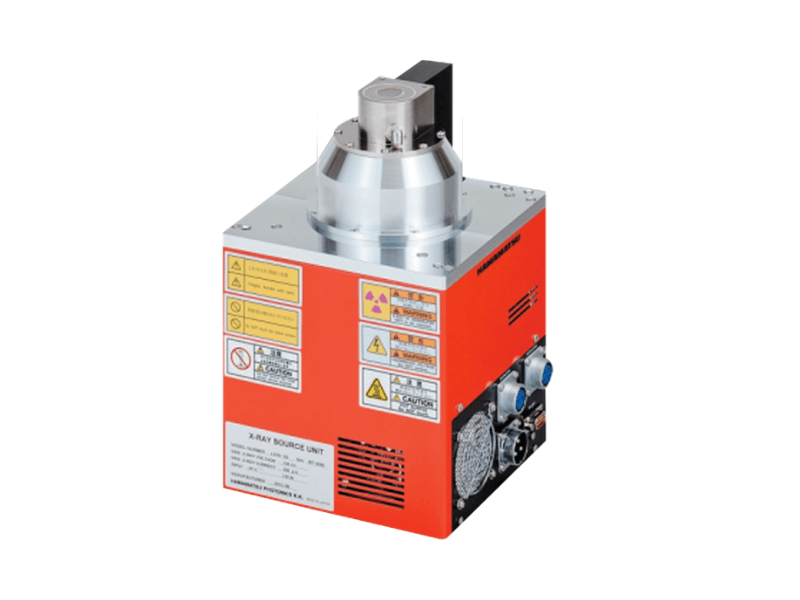How X-ray Tube Generate X-rays for Diagnostic Imaging?
X-ray imaging has revolutionized the field of medical diagnostics, providing valuable insights into the human body without invasive procedures. At the heart of this imaging technology lies the X-ray tube, a remarkable device that generates the X-rays used for capturing detailed images of bones, organs, and tissues. In this article, we will delve into the inner workings of X-ray tubes and explore how they generate the X-rays that are vital for diagnostic imaging.

How X-ray Tubes Generate X-rays for Diagnostic Imaging?
Principles of X-ray Generation
X-rays are a form of electromagnetic radiation produced when high-energy electrons interact with a target material inside the X-ray tube. This process involves two key principles: electron acceleration and deceleration. We will delve into the physics behind these principles and their significance in X-ray generation.
Components of an X-ray Tube
To understand how X-ray tubes generate X-rays, it is essential to familiarize ourselves with the components involved. The X-ray tube consists of a cathode, anode, and a vacuum seal. We will explore the functions of each component and their contributions to the X-ray production process.
Cathode: Electron Emission
The cathode is responsible for producing a focused beam of electrons that will be accelerated towards the anode. We will examine the mechanism by which the cathode emits electrons through thermionic emission and the role of the filament in this process.
Anode: X-ray Production
The anode plays a critical role in X-ray generation. As high-speed electrons collide with the anode target material, X-rays are produced through two primary mechanisms: characteristic X-rays and bremsstrahlung X-rays. We will explain these mechanisms in detail and their importance in obtaining diagnostic-quality images.
Control and Regulation
Controlling the X-ray production process is vital for achieving optimal imaging results and ensuring patient safety. We will discuss how X-ray tube parameters, such as tube current and kilovoltage, are regulated to achieve the desired level of X-ray intensity and quality.
Heat Dissipation and Cooling Systems
X-ray tube operation generates a significant amount of heat, which must be effectively dissipated to prevent overheating. We will explore the various cooling systems employed in X-ray tubes, including oil and air cooling, to maintain optimal operating temperatures.
X-ray Tube Maintenance and Lifespan
To ensure reliable and accurate imaging, X-ray tubes require regular maintenance and replacement. We will provide insights into routine maintenance practices, such as tube cleaning and monitoring, as well as factors that influence an X-ray tube's lifespan.
In Conclusion
The X-ray tube is an integral component of diagnostic imaging systems, enabling healthcare professionals to obtain crucial insights into patients' conditions. By understanding how X-ray tubes generate X-rays, we gain a deeper appreciation for the technology that plays a pivotal role in modern medicine. From the principles of X-ray generation to the components and maintenance considerations, we have explored the fascinating world of X-ray tubes and their contributions to diagnostic imaging.

评论
发表评论